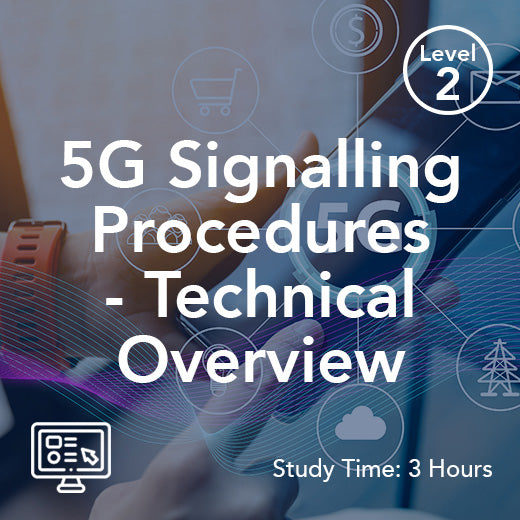Ibss Network
- , by Stephanie Burrell
- 3 min reading time
IBSS network, also known as Independent Basic Service Set network, is a type of wireless network configuration commonly used in the telecommunications industry. In the UK market, IBSS networks play a crucial role in providing wireless connectivity to users. These networks allow devices to communicate with each other without the need for a central access point, making them ideal for ad-hoc or temporary network setups.
IBSS networks operate on the IEEE 802.11 standard, which governs wireless LANs. In the UK, this standard is widely adopted by both consumers and businesses for its reliability and compatibility with a wide range of devices. By setting up an IBSS network, users can quickly establish a wireless connection between devices, such as laptops, smartphones, and tablets, enabling them to share files, access the internet, and collaborate on projects seamlessly.
One of the key advantages of IBSS networks is their flexibility. Users can easily create ad-hoc networks on the go, without the need for a pre-existing infrastructure. This makes IBSS networks ideal for scenarios where traditional network setups are not feasible or practical. For example, in outdoor events, trade shows, or emergency situations, IBSS networks can provide instant wireless connectivity to users, enabling them to stay connected and productive.
In the UK market, telecom companies and service providers leverage IBSS networks to enhance their service offerings and provide innovative solutions to their customers. By deploying IBSS networks, these companies can extend their coverage, improve network reliability, and offer new services that cater to the growing demand for wireless connectivity.
Overall, IBSS networks are an essential component of the telecom infrastructure in the UK market, providing users with fast, reliable, and flexible wireless connectivity. Whether for personal use or business applications, IBSS networks continue to play a vital role in keeping people connected in today's digital age.
An IBSS network (Independent Basic Service Set) is often described as an ad hoc network because it allows wireless devices to communicate directly without relying on a central access point or traditional infrastructure. Unlike an infrastructure BSS, where a single access point acts as the hub, an IBSS forms a self-contained network between two or more wireless clients. This setup enables peer-to-peer communication, where devices can connect directly, share files, and exchange data frames efficiently within a limited coverage area.
From a technical perspective, an IBSS (Basic Service Set IBSS) still follows the rules of wireless LANs defined by IEEE 802.11 but operates in ad hoc mode. When devices join an IBSS, they broadcast on shared radio frequencies and use their MAC address as part of the network’s identity. Unlike larger extended service sets (ESS) with multiple access points and centralized management, IBSS networks are designed for temporary networks or closed groups where secure data transmission can be established quickly using encryption protocols. This makes them especially useful when pre-existing infrastructure is unavailable or impractical.
The key advantages of IBSS networks lie in their flexibility and rapid deployment. They provide internet access (when one device bridges to a wider network), enable mobile devices and laptops to share files instantly, and support practical applications such as outdoor events, emergency situations, and pop-up workspaces. While their limited range and scalability compared to larger networks can be a drawback, secure IBSS networks remain a valuable tool in scenarios where wireless technology must provide fast, efficient communication without depending on a centralized access point or distribution system.

































